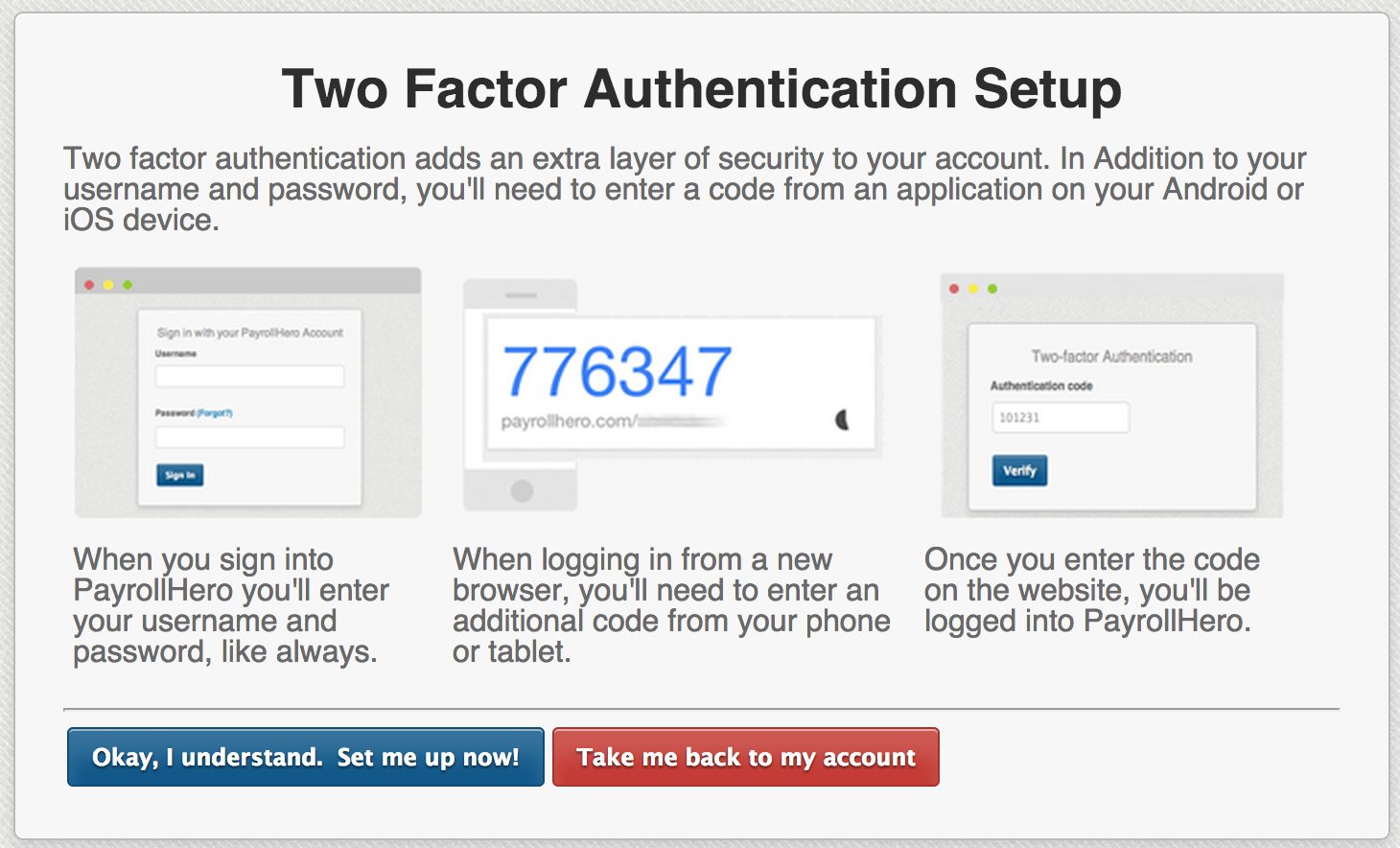
- #User authentication security policy password
- #User authentication security policy windows
This can be a very time-consuming process. Similarly, if a person left the organization, the database administrator needs to find out that individual’s SQL logins and remove them from all these instances. In this case, it would be a tedious task for the database administrator to connect to each instance and create user logins. Suppose you have 500+ SQL instances and a user requires access to all these instances. Database administrators do not have a central management console for managing logins across all instances.
It increases the task of login management for database administrators. You cannot implement additional (customized) account policies with the SQL Server authentication logins. Since these encrypted credentials need to be passed over the network, this can increase the chances of user credentials being stolen. Hackers can steal the information by accessing the database. #User authentication security policy password
SQL Server stores the password in the master database in encrypted (hash) form.

If you have multiple SQL Servers, it might be difficult for the user to keep track of the passwords for each instance.
Users need to remember the SQL login credentials and provide them in the connection string each time they connect to SQL Server. There are quite a few limitations and disadvantages of using SQL Server authentication alone. Disadvantages of SQL Server authentication #User authentication security policy windows
To enable it, use the mixed authentication option which includes both Windows and SQL authentication. We cannot enable only SQL authentication. Therefore, if you need to create multiple SQL logins, you must configure each account with the required policy. Note: All these configurations are at the individual SQL login level. Once the user logs in with their credentials, they need to specify a new password, and the administrators will not be aware of this new password.
User must change password at next login: The administrator assigns a password during SQL login creation. The password will be expired and needs to change as defined by the age criteria.  Enforce password expiration: You can enforce the maximum age of a password. It includes specifying password length and complexity. Enforce password policy: The administrators can check this option to implement the Windows password policy for SQL Server logins. You can enforce the following policies for SQL Server logins.
Enforce password expiration: You can enforce the maximum age of a password. It includes specifying password length and complexity. Enforce password policy: The administrators can check this option to implement the Windows password policy for SQL Server logins. You can enforce the following policies for SQL Server logins. 
The user’s credentials are validated through the information stored in the master database. Users need to specify the login and password while connecting to SQL Server as shown below. An overview of SQL Server authenticationĭatabase administrators create SQL logins and provide appropriate permissions for users to authenticate themselves to SQL Server. Let’s dive in further to understand the advantages and disadvantages of both SQL Server and Windows authentication. It’s critical for database administrators to understand the differences between these authentication methods and implement them per their organization’s specific requirements. You can define these authentication methods during the installation of SQL Server, or change them later via a restart.
SQL Server and Windows authentication mode (mixed-mode). SQL Server provides two modes of server authentication: Similarly, when logging into SQL Server, users need to specify valid credentials so that SQL Server can authenticate their identity and grant the appropriate access. The bank identifies you when you provide valid credentials and allows access to its services upon verification. In order to access your account, you are required to enter credentials for authentication purposes.  Credentials (username and password) for authenticationįor example, suppose you use online banking. In order to establish a successful database connection, the client or application requires the following information: Today, we are going to discuss SQL Server authentication and how it is essential to securing your SQL Server environment, and the role Windows authentication plays. Authentication is a critical component of any security strategy.
Credentials (username and password) for authenticationįor example, suppose you use online banking. In order to establish a successful database connection, the client or application requires the following information: Today, we are going to discuss SQL Server authentication and how it is essential to securing your SQL Server environment, and the role Windows authentication plays. Authentication is a critical component of any security strategy.








 0 kommentar(er)
0 kommentar(er)
